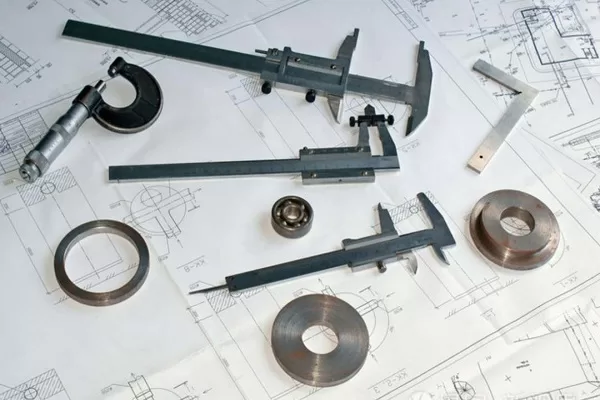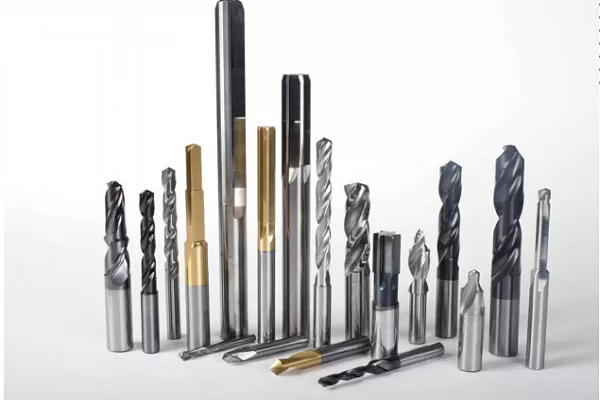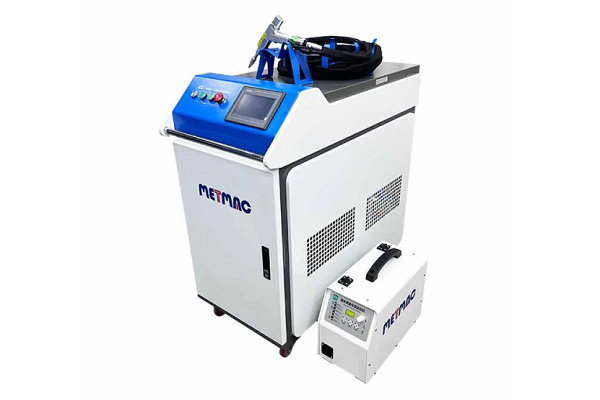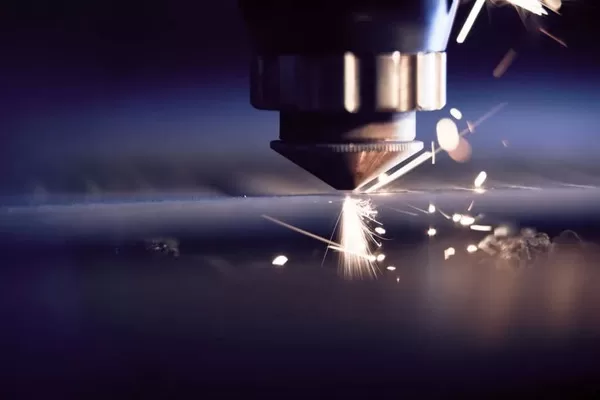
The Future of Ductwork- Harnessing the Potential of Bending Technology
- By:Metmac
- 2024-04-28
- 89
The Future of Ductwork: Harnessing the Potential of Bending Technology explores the transformative impact of bending technology on the HVAC industry, providing innovative solutions to enhance efficiency, cost-effectiveness, and design flexibility in ductwork systems.
Efficiency Enhancement
Bending technology enables the creation of complex duct shapes and angles with precise accuracy. This eliminates the need for multiple duct segments and reduces the number of joints, resulting in lower air leakage and improved energy efficiency. Optimized ductwork design reduces pressure losses, saving energy and lowering operating costs.
Cost-Effectiveness and Time Savings
Automated bending machines revolutionize ductwork fabrication, increasing production speed and reducing labor requirements. The ability to bend duct components accurately and consistently on-site eliminates the need for manual labor, saving time and reducing fabrication costs. Advanced bending technology also allows for just-in-time production, minimizing material waste and storage needs.
Design Flexibility and Customization
Bending technology empowers engineers and designers to create custom ductwork systems that meet specific architectural and spatial constraints. The ability to bend ducts into non-standard shapes and angles allows for greater flexibility in routing and installation. This enhances design possibilities, enabling architects and engineers to incorporate aesthetic and functional elements into HVAC systems.
Improved Indoor Air Quality
Precise bending techniques ensure seamless connections and minimize air leakage, which is crucial for maintaining indoor air quality. Reduced leakage prevents the ingress of contaminants, dust, and allergens, promoting a healthier and more comfortable indoor environment.
Enhanced Durability and Performance
Bending technology enables the fabrication of ducts with consistent wall thickness and reduced stress concentrations. This contributes to improved structural integrity, leak resistance, and durability of the ductwork system. Optimized bends also minimize friction and turbulence, enhancing airflow performance and reducing noise levels.
Sustainability and Environmental Impact
Bending technology promotes sustainability by reducing material waste and energy consumption. Accurate bending techniques minimize the need for scrap materials, while just-in-time production eliminates storage requirements, reducing transportation emissions. Additionally, the improved energy efficiency of optimized ductwork systems contributes to lower carbon footprints and environmental conservation.
-
The Advantages of Using a Sheet Roll Forming Machine in Manufacturing
2024/09/14 -
How to Optimize Your Laser Sheet Cutting Machine for Maximum Performance
2024/09/12 -
How to Maximize Efficiency with Modern Sheet Metal Working Machines
2024/09/04 -
The Environmental Benefits of Using Duct Board Grooving Machines
2024/09/03
-
A Guide to the Latest Innovations in Sheet Metal Folding Machines
2024/11/29 -
Key Features to Consider When Investing in a Sheet Metal Folding Machine
2024/11/28 -
Enhancing Precision with Advanced Sheet Metal Folding Machines
2024/11/27 -
How to Choose the Right Sheet Metal Folding Machine for Your Workshop
2024/11/26



